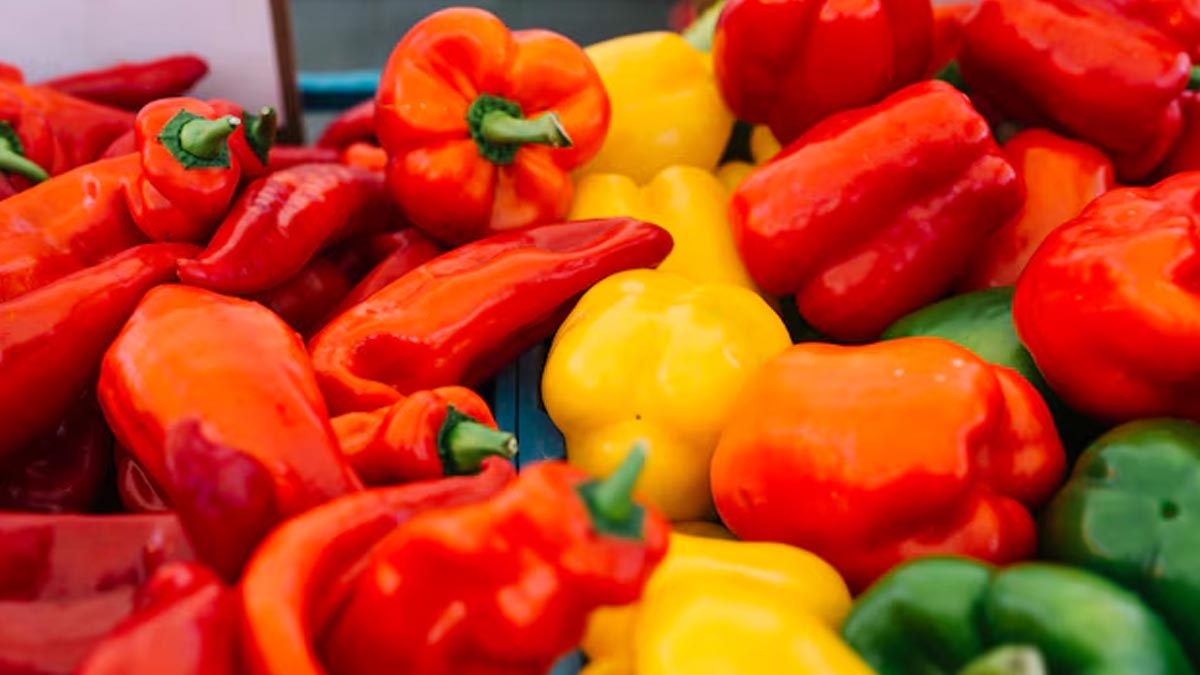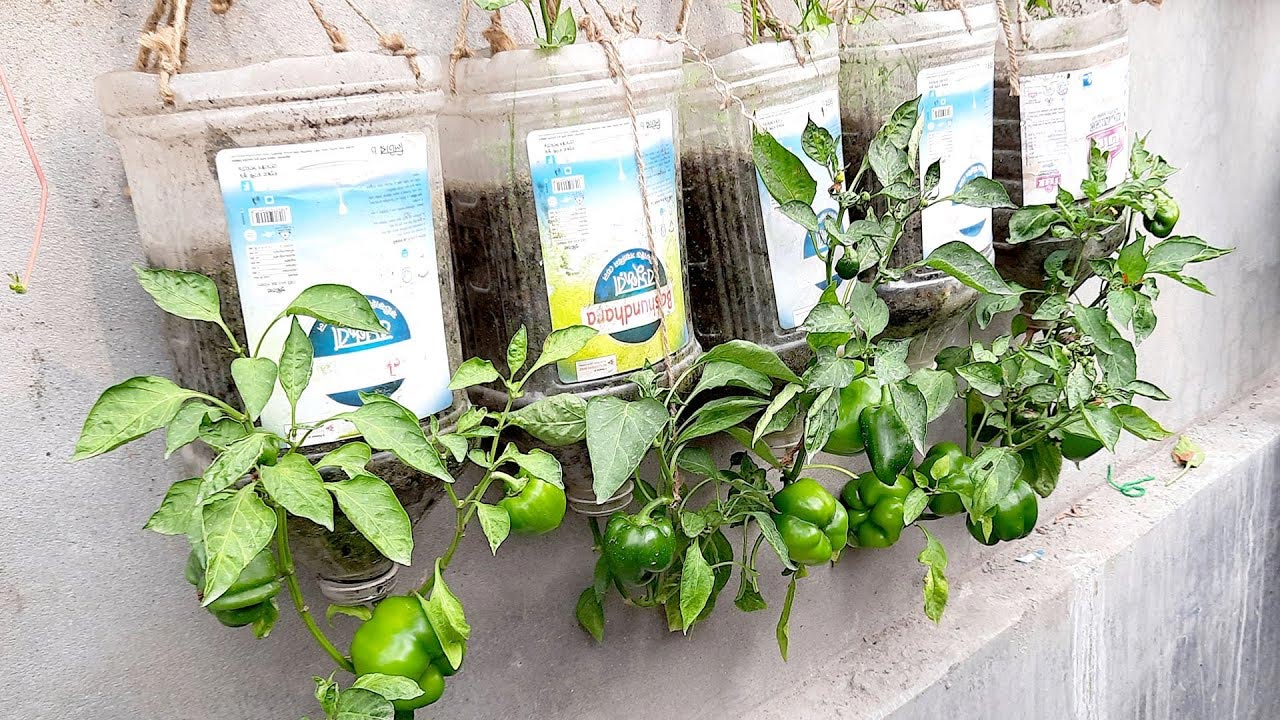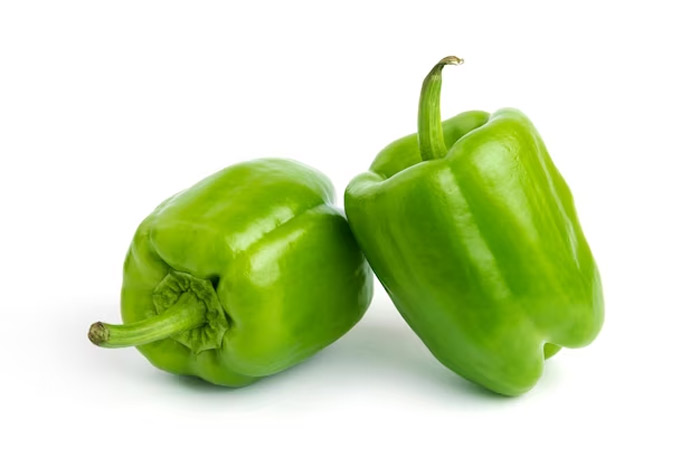
How To Grow Capsicum Plant In A Water Bottle: A Step-By-Step Guide
From vibrant salad addition to pizza topping, the crisp and crunchy capsicum adds a burst of flavour and freshness to meals. Available in various colours and types, it not only enhances the visual appeal of dishes but also offers numerous nutritional advantages. Rich in antioxidants, bell peppers support metabolism, boost immunity, and may reduce the risk of cancer.
Given its health benefits, many desire to have capsicum readily available in their dishes. One convenient method to achieve this is by cultivating capsicum in your garden, and employing eco-friendly gardening practises such as growing them in repurposed water bottles. Below, we present a useful guide to assist you in learning how to cultivate capsicum in a bottle.
Materials Needed For Growing Capsicum Plant In A Bottle
- To start indoor cultivation of a capsicum plant in a clear plastic or recycled glass bottle offers an appealing opportunity that can be pursued throughout the year. For this innovative gardening, you'll require a few basic materials, which we've detailed for you below.
- Capsicum Seeds: Obtain quality capsicum seeds from a reliable source.
- Plastic Bottle: Find a clean, wide-mouthed plastic bottle like a soda or water bottle.
- Potting Soil: Choose well-draining potting soil or create a blend of compost and soil suitable for vegetable growth.
- Water: Make sure you have access to clean water for irrigating the capsicum plant.
- Cutting Tool: You'll require a sharp knife or scissors to cut the plastic bottle and potentially create drainage holes.
- Optional: Fertiliser: Depending on your soil's nutrient levels, consider adding organic fertiliser to aid capsicum growth.
Don't Miss: How To Grow Money Plant In A Water Bottle: A Step-By-Step Guide
- Optional: Perlite or Vermiculite: These additives can enhance soil drainage and aeration, facilitating healthier root development for your capsicum plant.

These basic materials are necessary for your indoor capsicum gardening project, though you may opt to incorporate additional tools or supplies based on your gardening preferences.
1
2
3
4
Detailed Guide To Help You Grow Capsicum Plant In A Bottle
- Gather Materials: Assemble all the necessary items, including capsicum seeds, a clean plastic bottle, potting soil, water, a cutting tool, and optional materials like fertiliser, perlite, or vermiculite.
- Prepare the Bottle: Thoroughly clean the plastic bottle, removing any labels or residues. Use a sharp knife or scissors to cut off the top portion of the bottle. If desired, make drainage holes near the bottom to prevent waterlogging.
Don't Miss: How To Grow Coriander In A Water Bottle: A Step-By-Step Guide
- Soil Preparation: Add a layer of well-draining potting soil to the bottom of the bottle. Ensure the soil is nutrient-rich. Optionally, mix in perlite or vermiculite to enhance soil aeration and drainage.
- Planting Seeds: Plant capsicum seeds in the soil according to the depth recommended on the seed packet. Space the seeds evenly to allow for growth.
- Watering: Water the soil gently until it's moist but not saturated. Keep the soil consistently moist during germination and growth stages, avoiding overwatering to prevent root rot.
- Placement: Position the bottle in a spot receiving ample sunlight, like a sunny windowsill or balcony. Capsicum plants thrive in warm, sunny environments, requiring at least 6-8 hours of sunlight daily.
- Maintenance: Regularly check soil moisture levels and water as needed to maintain consistent moisture. Provide support for the growing plant by tying it to a stake or trellis as it matures.

- Fertilisation (Optional): If desired, use a balanced fertiliser following the manufacturer's instructions to supplement the plant's nutrients.
- Harvesting: Once the capsicum plant begins bearing fruit, harvest ripe peppers by twisting or cutting them from the plant at the desired size and colour.
Following these steps will help you successfully cultivate a capsicum plant in a bottle indoors. Enjoy watching your plant thrive and yield delicious capsicums.
Keep reading Herzindagi for more such stories.
Credits: Freepik
Also watch this video
Herzindagi video
1
2
3
4